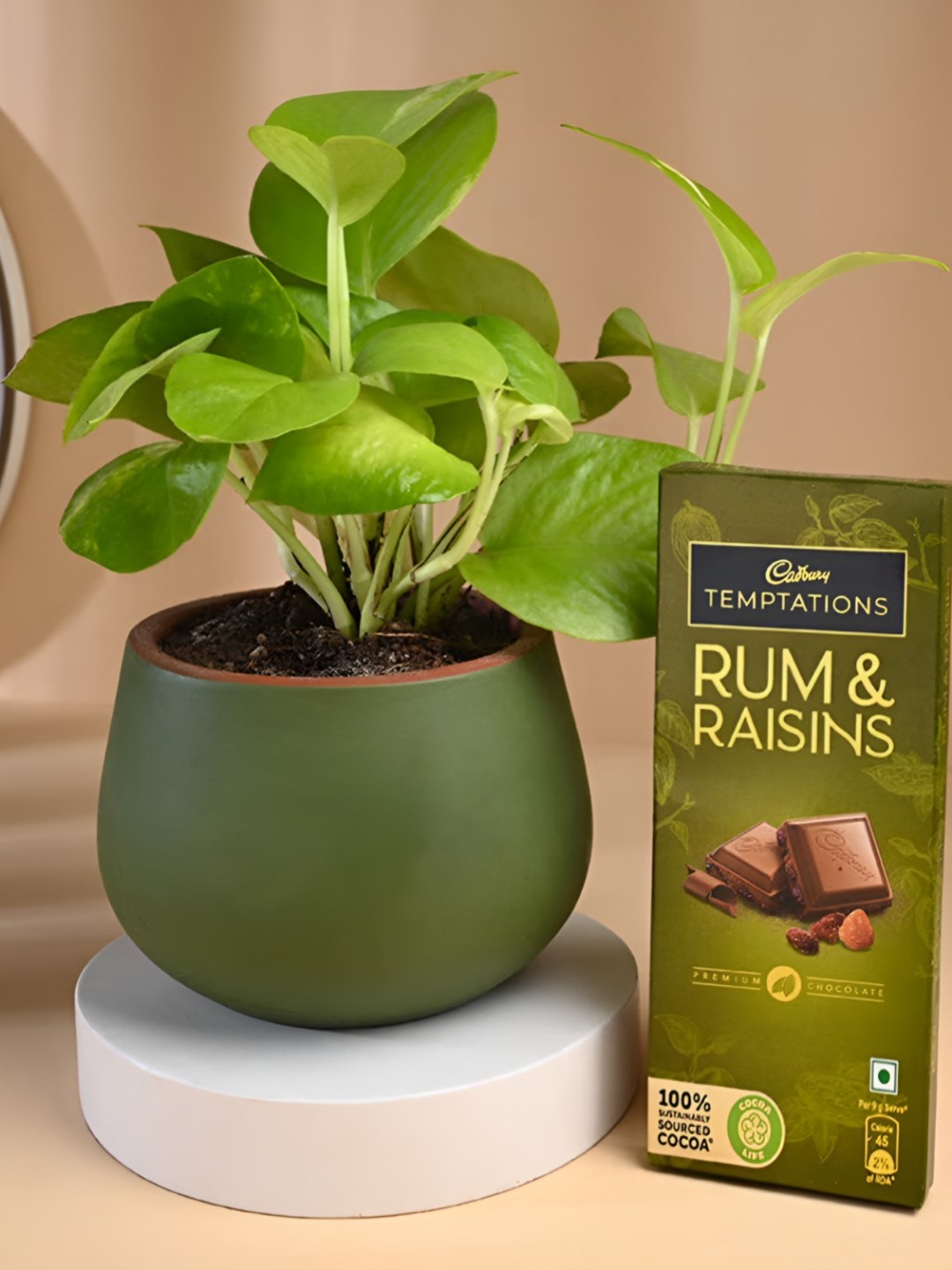Onam Sadya: A Grand Feast Of Flavours, Traditions, And Togetherness
Celebrate Onam with the traditional Sadya feast. Explore the full list of dishes, ingredients, and a shopping guide to cook this festive Kerala vegetarian feast at home.

Onam Sadya is a traditional vegetarian feast from Kerala.
Onam is the grand harvest festival of Kerala. And the festivities are incomplete without its crowning glory, the Onam Sadya. This elaborate vegetarian feast is served traditionally on a banana leaf and symbolises prosperity, community, and joy. A Sadya is not just food; it is a cultural celebration on a platter filled with love. culture and traditions. From the crisp papadams to the sweet payasams, every dish of the feast reflects Kerala's culinary legacy, balancing flavours of sweet, sour, salty, and spicy in perfect harmony.

A full Sadya can have 20-28 different vegetarian dishes.
Photo Credit: Pexels
A Sadya typically consists of more than 20 dishes, all vegetarian, and each placed on the banana leaf in a fixed sequence. The grandeur of this meal lies not just in the number of items but in the careful orchestration of flavours, textures, and colours that together create an unforgettable gastronomic experience.
Also Read: Drape Yourself In Festive Grace With Onam Special Golden Saree
The Spirit of Onam Sadya
Traditionally prepared for family and community gatherings, the Sadya is served on the Tiru Onam day, the most important day of the festival. This year, Tiru Onam will be celebrated on September 5, 2025. On this day, guests sit cross-legged on the floor, and steaming rice is ladled onto their banana leaf, followed by curries, side dishes, pickles, chips, and finally desserts.
Each dish carries cultural significance. For instance, the tangy pulisseri cools the palate after spicy curries, while the crisp upperi (banana chips) balances softer curries. The sweet payasams bring the feast to a fittingly indulgent end.
Traditional Line-Up of Onam Sadya

The meal is a often a balance of sweet, sour, salty, and spicy flavours.
Photo Credit: Pexels
While the number of dishes may vary depending on the household and the scale of celebration, a full-fledged Onam Sadya usually consists of:
- Parippu Curry: A dal-based dish flavoured with ghee.
- Sambar: The iconic lentil and vegetable curry with tamarind.
- Rasam: A peppery, tangy soup-like curry.
- Avial: A medley of vegetables in coconut and yoghurt gravy.
- Olan: Ash gourd and cowpeas in coconut milk.
- Kaalan: Thick yoghurt-based curry with yam or plantain.
- Erissery: Pumpkin and beans cooked with grated coconut.
- Thoran: Dry stir-fry of vegetables with coconut.
- Mezhukkupuratti: Stir-fried vegetables with spices.
- Pachadi: A yoghurt-based side dish, sweet and tangy.
- Kichadi: Similar to pachadi but more sour.
- Pickles (Achar): Spicy condiments like mango pickle and lemon pickle.
- Puli Inji: Sweet-sour ginger chutney with jaggery and tamarind.
- Banana Chips (Upperi): Crisp fried raw banana slices.
- Sharkara Varatti: Jaggery-coated banana chips.
- Papadam: Crisp lentil wafers.
- Steamed Rice: Served in abundance as the main staple.
- Ney (Ghee): A dollop of clarified butter for the parippu and rice.
- Payasams (multiple varieties): Such as Palada Payasam, Ada Pradhaman, or Parippu Payasam, served as dessert.
- Kootu Curry: A curry made of raw bananas, black chana and grated coconut.
- Kachiyatha: Boiled yogurt with black sesame seeds, shallots, ginger, and garlic.
Shopping Guide: Things You Need To Order
| Category | Ingredient | Approx. Quantity (for 4–6 people) | Purpose / Use |
|---|---|---|---|
| Staples | Raw Rice (Kerala Matta or equivalent) | 2-2.5 kg | Main staple, served with all curries |
| Toor Dal | 300 g | For sambar | |
| Moong Dal | 250 g | For parippu curry and parippu payasam | |
| Tamarind | 100 g | Tangy base for sambar, rasam, puli inji | |
| Jaggery | 500 g | For payasams, puli inji, sharkara varatti | |
| Grated Coconut | 6-8 whole coconuts or 1 kg frozen | Used in avial, thoran, pachadi, erissery, curries | |
| Coconut Milk | 500 ml | For olan, payasam | |
| Ghee (Ney) | 200 ml | To garnish parippu and payasams | |
| Curd / Yoghurt | 1 litre | For pachadi, kichadi, kaalan | |
| Vegetables | Ash Gourd | 1 medium | For olan |
| Pumpkin | 500 g | For erissery | |
| Yam (Chena) | 300 g | For kaalan | |
| Raw Plantain | 4-5 | For avial, kaalan, chips | |
| Drumsticks | 3-4 | For sambar | |
| Green Beans | 250 g | For avial, thoran | |
| Carrot | 250 g | For avial, pachadi | |
| Snake Gourd | 250 g | For thoran | |
| Cucumber / Pineapple / Beetroot | 1 medium each (choose) | For pachadi / kichadi variations | |
| Ginger | 100 g | For puli inji, curries | |
| Green Chillies | 8-10 | To spice up most dishes | |
| Curry Leaves | 2 handfuls | For tempering | |
| Spices & Condiments | Mustard Seeds | 50 g | Tempering curries |
| Dried Red Chillies | 20 g | Seasoning and tempering | |
| Fenugreek Seeds | 20 g | For rasam and kaalan | |
| Coriander Powder | 100 g | For sambar | |
| Red Chilli Powder | 50 g | For curries | |
| Turmeric Powder | 50 g | For curries | |
| Black Pepper | 20 g | For rasam, seasoning | |
| Snacks & Accompaniments | Banana Chips (Upperi) | 250 g | Crispy side dish |
| Sharkara Varatti | 250 g | Sweet jaggery-coated banana chips | |
| Papadam | 20-25 pieces | Crisp wafers | |
| Mango Pickle | 100 g | Tangy side | |
| Lemon Pickle | 100 g | Sour and sharp | |
| Ginger Pickle / Puli Inji | 150 g | Sweet, sour, and spicy | |
| Desserts | Rice Ada | 250 g | For ada pradhaman / palada payasam |
| Cardamom Pods | 10-12 | For flavouring desserts | |
| Cashews | 100 g | Garnish for payasams | |
| Raisins | 50 g | Sweet garnish for payasams | |
| Serving Essentials | Banana Leaves | 6-8 large | Traditional serving platter |
The Festive Platter
Cooking a Sadya is as much about teamwork as it is about culinary skill. Families come together to chop vegetables, grind coconut pastes, and simmer curries, while the aroma of fried papadams and bubbling payasams fills the home. The banana leaf spread is not just about food, it's a symbol of hospitality, abundance, and Kerala's cultural richness.
When served, every dish is placed in a specific order, starting from pickles and snacks on the top left to rice and curries at the centre, finishing with payasam on the lower half of the leaf. Eating with your hands adds to the experience, connecting you deeply with the food and its tradition.
Onam Sadya is more than a meal, it is a celebration of harvest, togetherness, and tradition. To cook it at home, one must blend patience, planning, and love. From shopping for fresh vegetables online to carefully preparing each curry, the process itself becomes part of the festivity. And when the banana leaves are spread and the feast begins, you realise that Sadya is not just about satisfying hunger, but about nurturing bonds and celebrating culture.
Frequently Asked Questions (FAQs)
1. What is Onam Sadya and why is it special?
Onam Sadya is a grand vegetarian feast from Kerala, served on a banana leaf during the Onam festival. It symbolises abundance, tradition, and community.
2. How many dishes are typically served in an Onam Sadya?
A full traditional Sadya can include over 20 dishes, ranging from curries and stir-fries to pickles, papadams, banana chips, and multiple types of payasams.
3. Why is Onam Sadya served on a banana leaf?
The banana leaf adds aroma, is eco-friendly, and has antibacterial properties. Serving food on it is also a traditional practice signifying respect and purity.
4. Can Onam Sadya be prepared at home?
Yes, with proper planning and fresh ingredients, you can cook an Onam Sadya at home. A well-organised shopping list and prep schedule make it manageable.
5. What are the must-have dishes in Onam Sadya?
Key dishes include parippu curry, sambar, avial, olan, erissery, pulissery, puli inji, banana chips, papadam, and payasam as the grand finale.

























